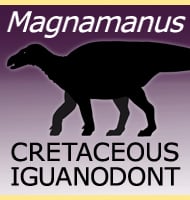Yandusaurus
In Depth On a Chinese construction site in 1973 a dinosaur skeleton was accidentally processed by a mechanical composter. Unfortunately by the time the workers had realised what had happened much of the dinosaur had already been damaged and in some places completely destroyed by the machinery, but palaeontologists were still able to reconstruct and … Read more
